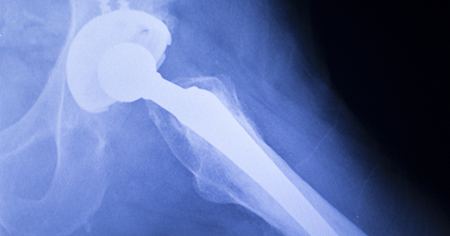New common EU rules on medical devices under way
The Netherlands presidency of the Council and representatives of the European Parliament have reached political agreement on new EU rules on medical devices. The rules will strengthen patient safety and allow patients to benefit from new innovative devices.
On 25 May 2016, the Netherlands presidency of the Council and representatives of the European Parliament reached political agreement on two draft regulations on medical devices and in vitro diagnostic medical devices.
Medical devices and in vitro diagnostic medical devices cover a wide range of products for treatment and diagnosis, from sticking plasters to hip replacements, and from pregnancy tests to HIV tests etc.
”The safety of medical devices is extremely important. All of us enter into contact with medical devices throughout life, for example when we use ordinary things such as pregnancy tests and dental implants. The existing rules in this field were adopted in the 1990s and have not kept pace with technological developments. Consequently, the rules are in dire need of modernisation. The new EU regulations will strengthen the safety of medical devices and allow patients to benefit from innovative healthcare solutions in a timely manner. Last but not least, the agreement will ensure a level playing field for the 25,000 medical devices manufacturers in the EU, which employ more than half a million people", says Thomas Senderovitz, Director General of the Danish Medicines Agency.
Strengthening the system
The agreement seeks to ensure the safety of medical devices in two ways. By strengthening the rules on placing new medical devices on the market and by tightening surveillance once they are available. For example, the agreement will strengthen the rules governing notified bodies that are responsible for assessing medium-risk and high-risk medical devices before the products can be marketed in the EU. Moreover, the new regulations will introduce stricter requirements for the notified bodies and also give them the right and duty to carry out unannounced factory inspections.
More transparency for patients and increased traceability
A new central database will be set up to create an improved system for all relevant information. It will cover e.g. manufacturers, notified bodies, clinical investigations, certificates, medical devices and incidents involving medical devices. The database will provide authorities, patients, healthcare professionals and the public with comprehensive information on products available in the EU. In addition, medical devices must have a unique identification number to provide for traceability throughout the supply chain to the patient.
Final adoption
The new rules will be implemented in 2019 as regards medical devices and in 2021 as regards in vitro diagnostic medical devices.
Press release from the European Council:
Medical devices: deal reached on new EU rules
Facts about medical devices
Medical devices cover a wide range of products with different risk profiles. The products range from low-risk products (wheelchairs, crutches and sticking plasters) to medium-risk products (hypodermic needles, infusion pumps and dental crowns) and to high-risk products (hip implants, heart valves and pacemakers). Medical devices also include in vitro diagnostic devices (e.g. pregnancy tests, HIV tests and blood gas devices).
Medical devices are used for the diagnosis, prevention, surveillance, treatment or relief of a disease, disability or injury as well as for contraceptive purposes. There are more than 500,000 different types of medical devices on the market in the EU.
Unlike medicines, medical devices need not be authorised by the authorities. A certificate issued by a notified body is required before medium-risk and high-risk products can obtain CE marking and be placed on the market.
Medical devices in the EU in figures
- More than 500,000 products on the market in the EU – medical devices and in vitro diagnostic devices
- The sector employs more than 500,000 people in around 25,000 companies, mostly small and medium-sized enterprises (SMEs)
- The sector generates almost EUR 100 billion from annual sales on the European market
